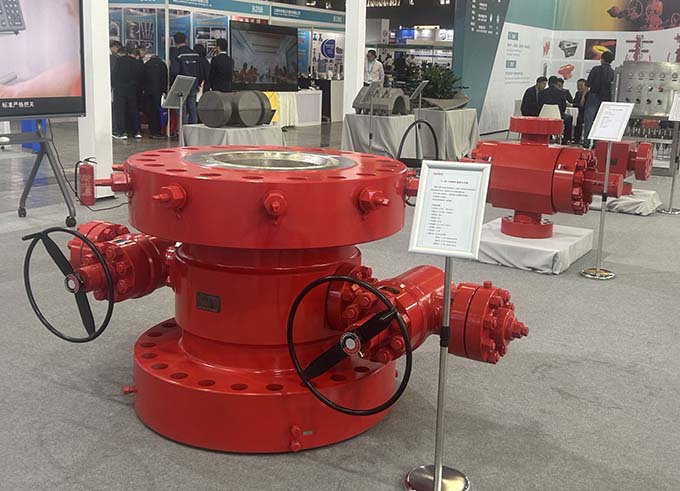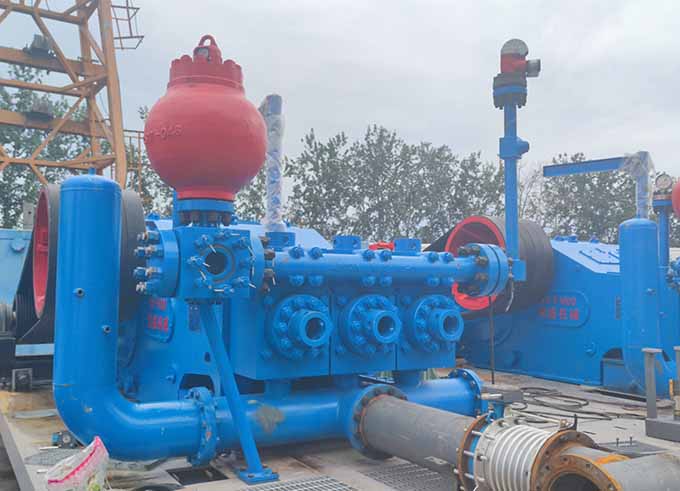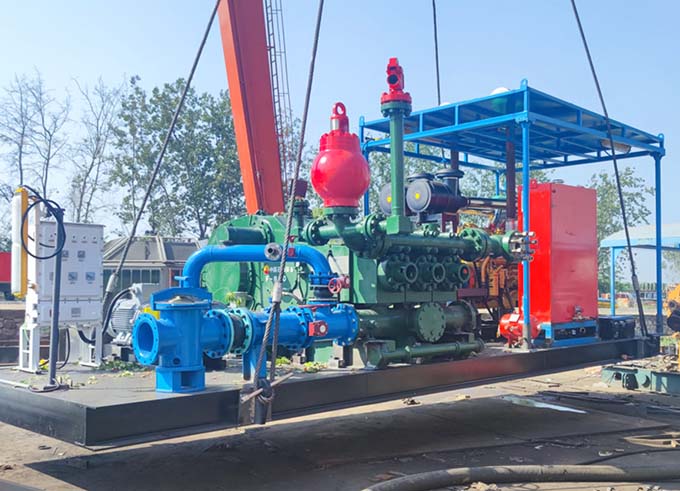Ensuring Peak Performance: Routine Maintenance of Drilling Mud Pumps
Sep 24, 2023
Introduction:
Drilling mud pumps are the workhorses of the oil and gas industry, playing a pivotal role in the drilling process. To keep these pumps running smoothly and avoid costly downtime, routine maintenance is essential. In this blog, we'll explore the key steps for maintaining drilling mud pumps, ensuring their peak performance and longevity.
1. Regular Inspection:
Regular visual inspections are the first line of defense against pump issues. Inspect the entire pump assembly, including the liners, pistons, valves, and fluid end components, for signs of wear, corrosion, or damage. Look for leaks, loose bolts, and any unusual vibrations during operation.
2. Lubrication:
Proper lubrication is crucial for reducing friction and wear. Follow the manufacturer's recommendations for lubricating various parts of the pump. Over-lubrication can be as harmful as under-lubrication, so maintain a careful balance.
3. Pressure Testing:
Periodically perform pressure tests to check the integrity of the fluid end components, such as liners and valves. Identify and address any leaks promptly to prevent fluid loss and damage to the pump.
4. Piston and Liner Maintenance:
The pistons and liners experience significant wear during operation. Regularly inspect these components for scoring or excessive wear. Replace worn-out parts promptly to maintain optimal pump efficiency.
5. Valve Replacement:
Valves in the fluid end of the mud pump are subjected to high pressures and wear. Inspect valves for signs of damage or erosion and replace them as needed. Properly functioning valves are critical for efficient fluid circulation.
6. Fluid End Maintenance:
The fluid end of the pump is where most wear and tear occur. Regularly maintain and replace components like gaskets, seals, and packings to prevent leaks and maintain pressure integrity.
7. Cleanliness:
Keep the pump and its surrounding area clean. Mud and debris buildup can hinder cooling and proper operation. Regularly clean the pump and remove any accumulated dirt or debris.
8. Record Keeping:
Maintain detailed records of maintenance activities, repairs, and replacements. This documentation can help identify trends, plan future maintenance, and ensure compliance with manufacturer recommendations.
9. Training and Safety:
Ensure that maintenance personnel are adequately trained in handling mud pumps and associated equipment safely. Safety should always be a top priority during maintenance procedures.
10. Preventive Maintenance Schedule:
Establish a preventive maintenance schedule based on the manufacturer's guidelines and your specific operational needs. Regularly follow this schedule to address issues before they become costly problems.
Conclusion:
Routine maintenance of drilling mud pumps is essential to ensure the reliability, efficiency, and longevity of these critical components in oil and gas drilling operations. By performing regular inspections, adhering to maintenance schedules, and addressing issues promptly, you can minimize downtime and maximize the performance of your mud pumps, ultimately contributing to the success of your drilling operations.
Read More





 Language :
Language : English
English Русский
Русский عربي
عربي
 GET A QUOTE
GET A QUOTE





 IPv6 network supported
IPv6 network supported